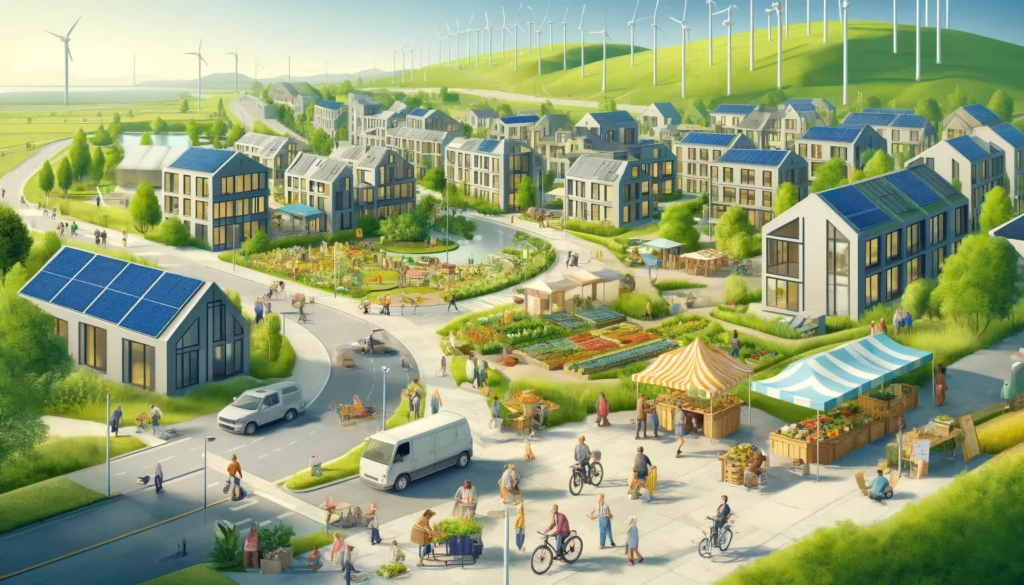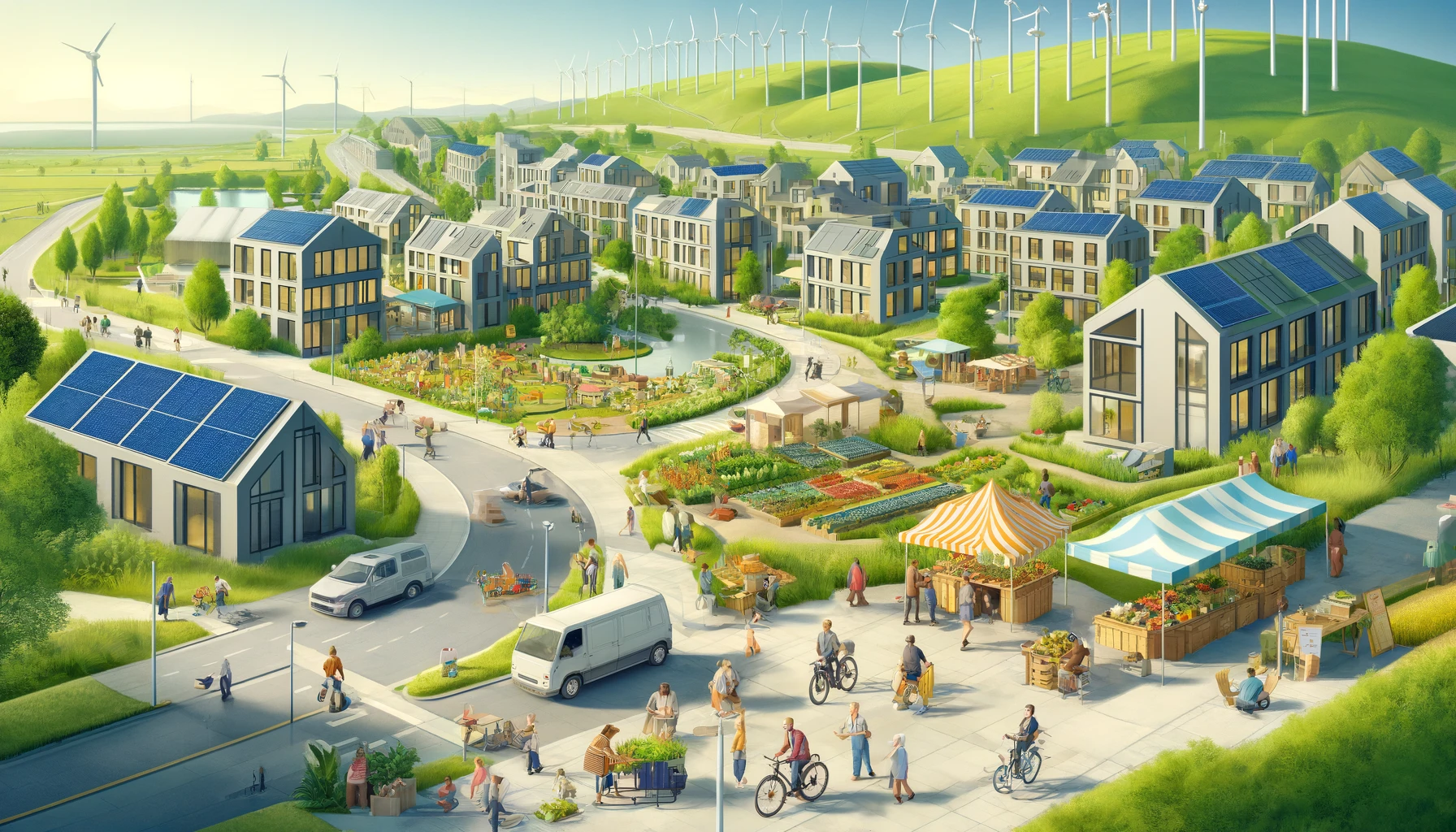Sustainable Communities Worldwide
In the quest for a more sustainable and resilient future, communities around the globe are pioneering innovative approaches to living and governance. These sustainable communities are not just about environmental conservation; they integrate economic, social, and ecological practices that foster a thriving, enduring way of life. Here, we explore some key insights into these communities, delving into their strategies, successes, and lessons learned.
What Defines a Sustainable Community?
A sustainable community actively seeks to reduce its environmental impact while enhancing its economic stability and promoting social equality. This holistic approach can include initiatives like energy-efficient building designs, widespread use of renewable energy, comprehensive recycling programs, and policies that encourage social inclusivity and economic opportunity for all residents.
Global Examples of Sustainability in Action
1. Freiburg, Germany: Often hailed as the poster child for urban sustainability, Freiburg is renowned for its comprehensive planning and sustainable urban mobility. The city’s Vauban district is particularly notable, as it is designed as a car-free neighborhood. Residents participate actively in recycling programs and local decision-making processes, embodying the principle that sustainability also requires community engagement.
2. Curitiba, Brazil: This city is acclaimed for its innovative transportation and waste management systems. Curitiba has developed a bus rapid transit system that serves as a model for cities worldwide, significantly reducing pollution and traffic congestion. Its incentive-based recycling program not only supports waste reduction but also boosts the local economy by creating jobs.
3. Masdar City, UAE: Initiated in 2008, Masdar City is one of the most ambitious sustainable urban development projects globally. Powered entirely by renewable energy, the city incorporates cutting-edge technology and traditional Arabic architectural practices to minimize heat gain and maximize water conservation.
Achieving Sustainability: Strategies and Challenges
Strategies:
- Energy Efficiency: Implementing energy-efficient technologies and building practices is fundamental. This includes everything from LED lighting to high-performance insulation and heating systems.
- Renewable Energy Integration: Utilizing solar, wind, and other renewable sources helps reduce dependency on fossil fuels and decreases greenhouse gas emissions.
- Waste Reduction: Effective waste management systems that promote recycling and minimize landfill use are crucial. Many sustainable communities also focus on reducing consumption and supporting local products.
- Community Involvement: Ensuring that all community members have a voice in planning and decision-making processes enhances commitment and effectiveness.
Challenges:
- Cost: Initial investments for sustainable technologies and infrastructure can be high, though they typically pay off in the long term through reduced operational costs.
- Behavioral Change: Encouraging residents to adopt new behaviors and practices is often challenging but essential for long-term sustainability.
- Policy and Regulation: Aligning local regulations with sustainability goals requires careful planning and often involves navigating complex bureaucratic processes.
The Impact of Sustainable Communities
The benefits of sustainable communities extend beyond environmental impact. Economically, they can lead to job creation in green industries, increased property values, and reduced energy and water costs. Socially, they often foster a strong sense of community and belonging as residents participate in collective decision-making and sustainability efforts.

Conclusion
Sustainable communities worldwide offer valuable insights into the integration of environmental stewardship with economic and social well-being. By examining and learning from these examples, other communities can adapt and implement similar strategies tailored to their unique contexts and needs.
As we continue to face global environmental challenges, the lessons from these sustainable communities become ever more relevant, providing a beacon of hope and a roadmap for a sustainable future. Engaging with and understanding these insights not only informs us but also inspires action toward building more sustainable communities in our regions.

